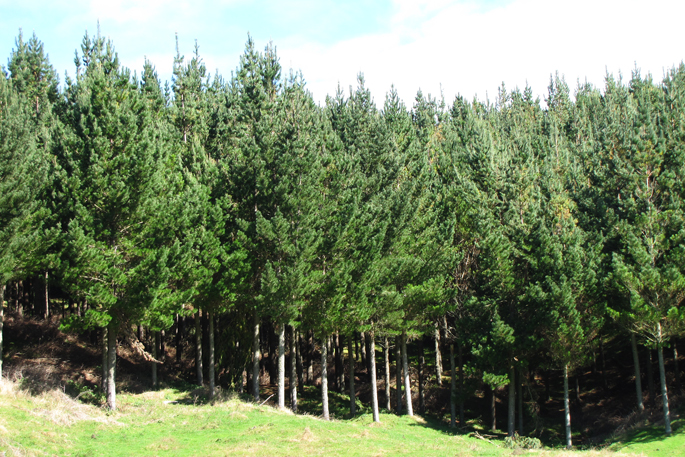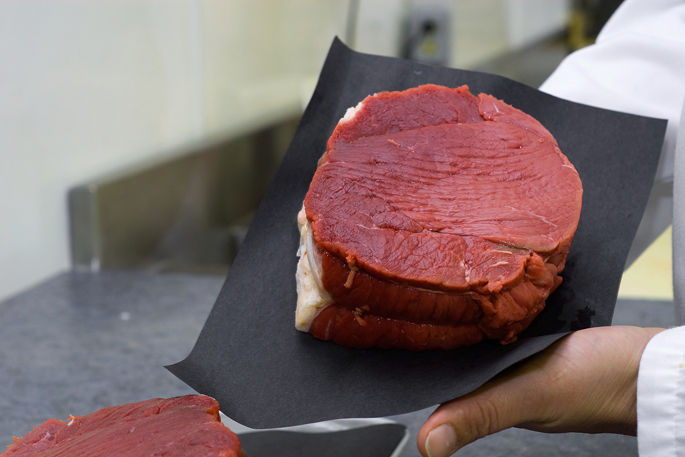Export lamb and beef prices reached new highs in the September 2019 quarter, while forestry products fell sharply, Stats NZ says.
'Both meat and dairy product export prices were up in the September quarter, following similar rises in the June quarter,” business price manager Bryan Downes says.
'In contrast, forestry product export prices, mainly logs, had the largest quarterly fall in over 10 years.”
In total, export prices rose 1.9 percent in the September 2019 quarter to their highest in over 10 years, while import prices remained flat.
The overall terms of trade remained at high levels, close to peaks seen in late 2017, when export prices for dairy and meat were also high.
Terms of trade is a measure of the purchasing power of New Zealand's exports abroad and is an indicator of the state of the overall economy.
Meat prices rose 4.8 percent in the September 2019 quarter, surpassing last quarter's high.
This was driven by both higher prices for lamb, up 6 percent, and beef, up 5.4 percent. Both lamb and beef prices are at their highest-ever levels.
'Lamb and beef prices rose this year at the same time as international demand for meat increased Bryan says.
'The higher demand for meat was largely due to the African swine fever outbreak in China, resulting in reduced pork supplies being substituted with alternatives.
'New Zealand consumers are also seeing higher meat prices – bacon and ham prices rose more than 20 percent for the year to October 2019.”
Seasonally adjusted export meat volumes were up 1.4 percent and values were up 8 percent in the September 2019 quarter. Lamb volumes fell 0.7 percent while values rose 7.9 percent. Beef volumes rose 2.9 percent and values were up 7.4 percent.
Dairy product prices rose 8.9 percent in the September 2019 quarter, with milk powder up 9.6 percent, butter up 7.3 percent, and cheese up 6.2 percent.

Forestry product prices fell 9.7 percent in the September 2019 quarter, following a 1.9 percent fall last quarter. Forestry product volumes fell 5.5 percent and values fell 12 percent.
Overall export volumes, adjusted for seasonal effects, fell 4.6 percent, and values fell 2.0 percent in the September 2019 quarter.
Overall import volumes, adjusted for seasonal effects, rose 1.1 percent in the September 2019 quarter, with passenger motor cars driving this increase, up 20 percent.
Total import prices were flat, while values were up 0.7 percent.
The merchandise terms of trade rose 1.9 percent, as export prices rose more than import prices. An increase means New Zealand can buy more imports for the same amount of exports.



0 comments
Leave a Comment
You must be logged in to make a comment.